These standards provide practitioners and organisations with clear actions that can be taken to protect, support and engage older people and people with disabilities and help us all realise these commitments. They provide guidance to identify and overcome barriers to participation and access in diverse contexts, and at all stages of the humanitarian programme cycle.
All Resources
Showing 401 - 410 of 442
Results are ordered by date, with most recent published resources shown first.
Use the other filters to customize your search.
Results are ordered by date, with most recent published resources shown first.
Use the other filters to customize your search.
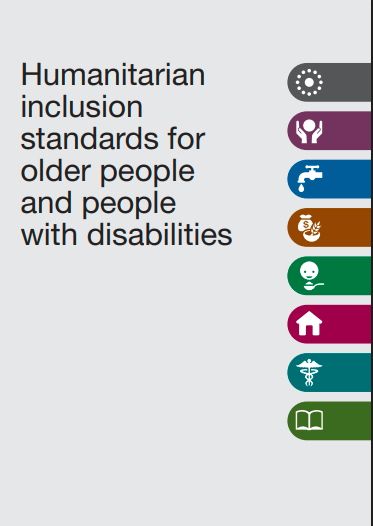
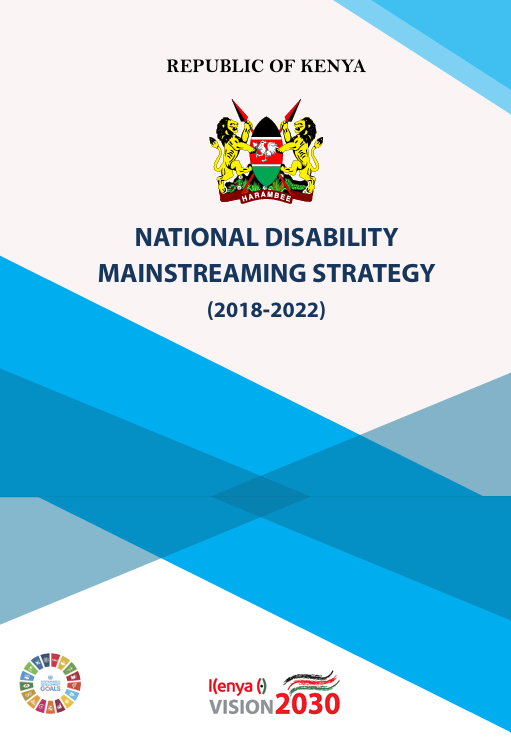
Strategy framework to mainstream disability across sectors in Kenya.
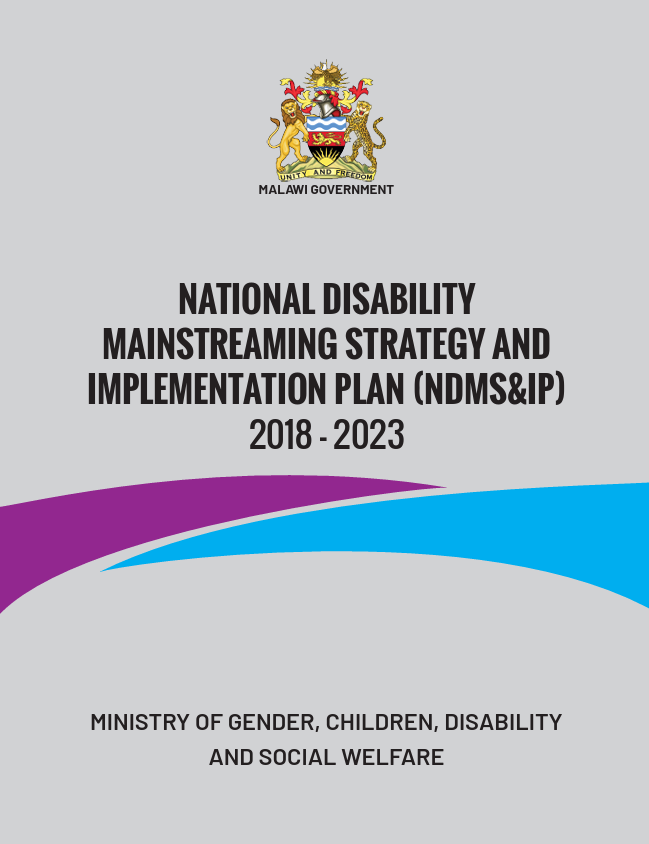
A national strategy to ensure disability issues are mainstreamed across all sectors in Malawi.
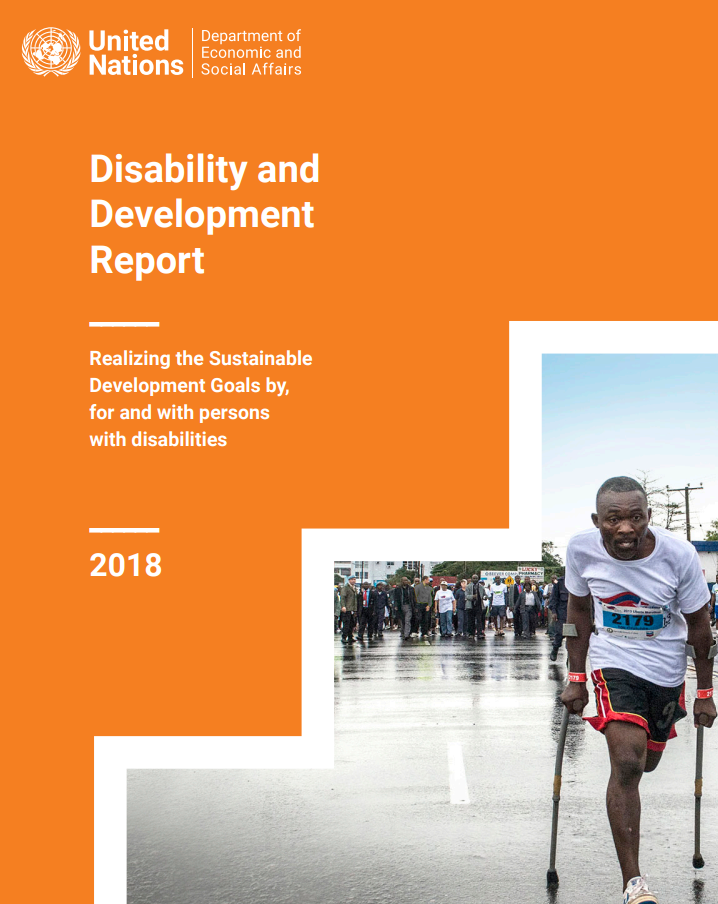
This United Nations flagship report is the first publication to address, at the global level, the nexus between disability and the Sustainable Development Goals. It is also the first global analysis based on an unprecedented amount of data, legislation and policies from over 100 countries to understand the socio-economic circumstances of persons with disabilities and…
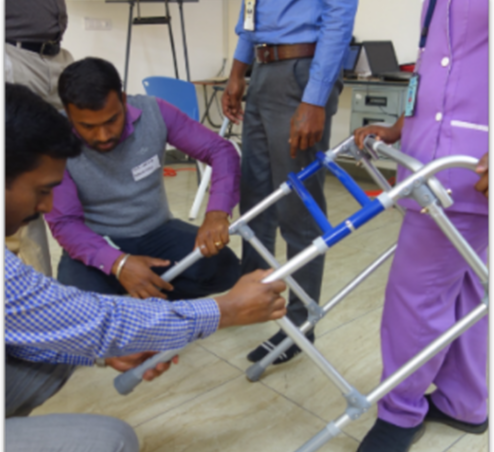
The first pilot of the training in priority assistive products package (TAP) was carried out in Bangalore, India in partnership with Mobility India and the Bangalore Baptist Hospital’s Community Health Division in collaboration with Motivation Australia, LV Prasad Eye Institute, and the University College London. This report aims to presents an overview of TAP and of…
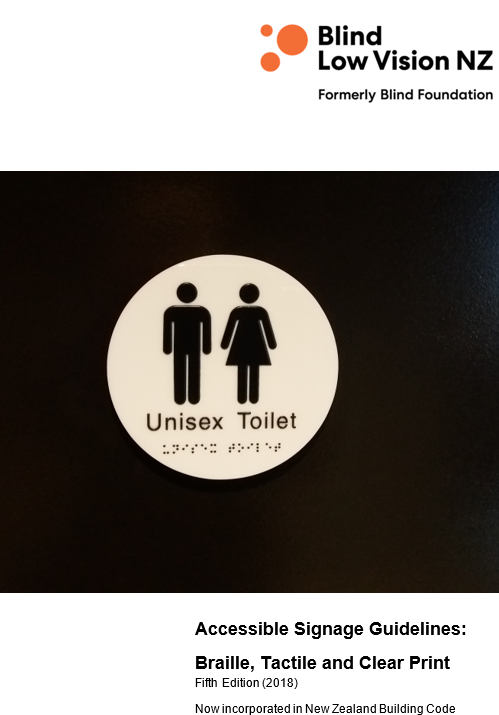
These guidelines recommend best practice for design of signage that is usable by people who are blind, deafblind or have low vision
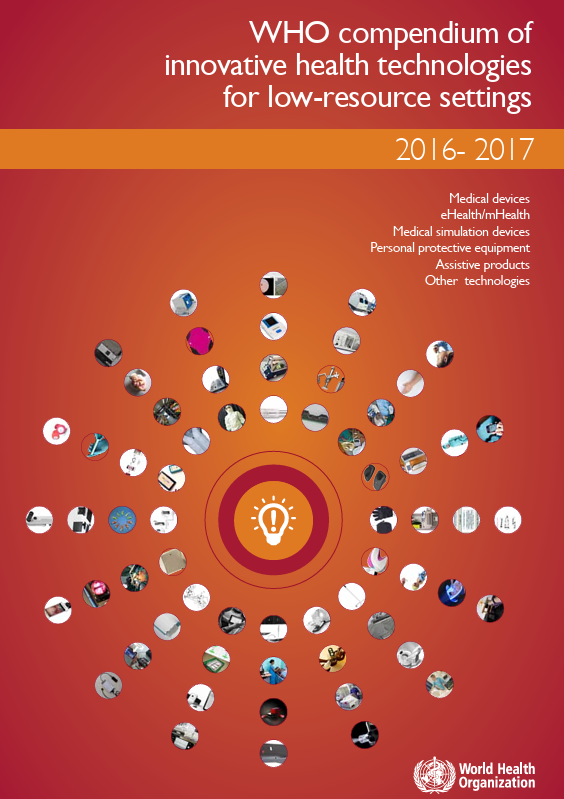
The WHO Compendium of Innovative Health Technologies for Low-Resource Settings: 2016-2017 is a document that highlights various health technologies, including medical devices, eHealth/mHealth solutions, medical simulation devices, personal protective equipment, assistive products, and other technologies, designed for use in settings with limited resources.
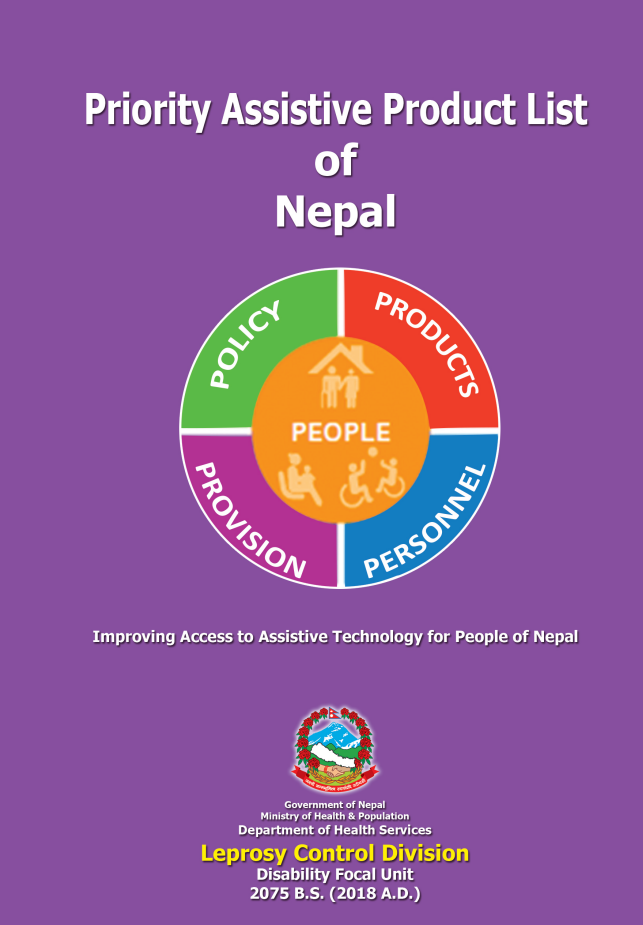
This is a guiding document that will enable the Ministry of Health and its multi-sectoral partners in planning the delivery of services (in a federal structure) related to assistive products (AP). This is in line with the entitlements guaranteed by the Nepal Disability Act 2017, and the supporting policy guideline approved by the Government. This is an evolving…
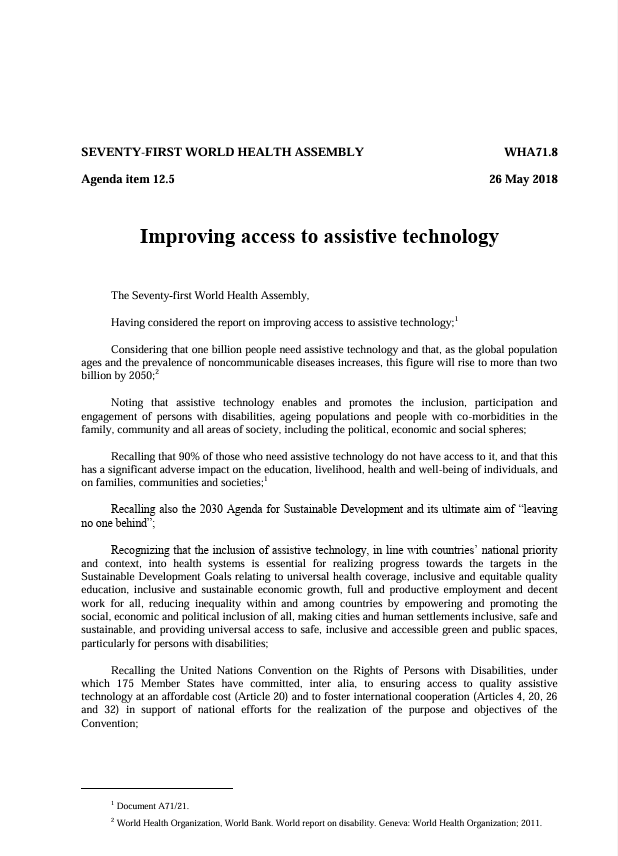
At the Seventy-first World Health Assembly, the World Health Assembly passed a resolution: WHA71.8. Improving access to assistive technology.

This evidence-based document is based on best practice guidelines initially developed through a joint collaboration between Sightsavers International, the London School of Hygiene and Tropical Medicine and the Brien Holden Vision Institute. Various organisations have also contributed to this document’s revisions, including the Fred Hollows Foundation, World Council…
